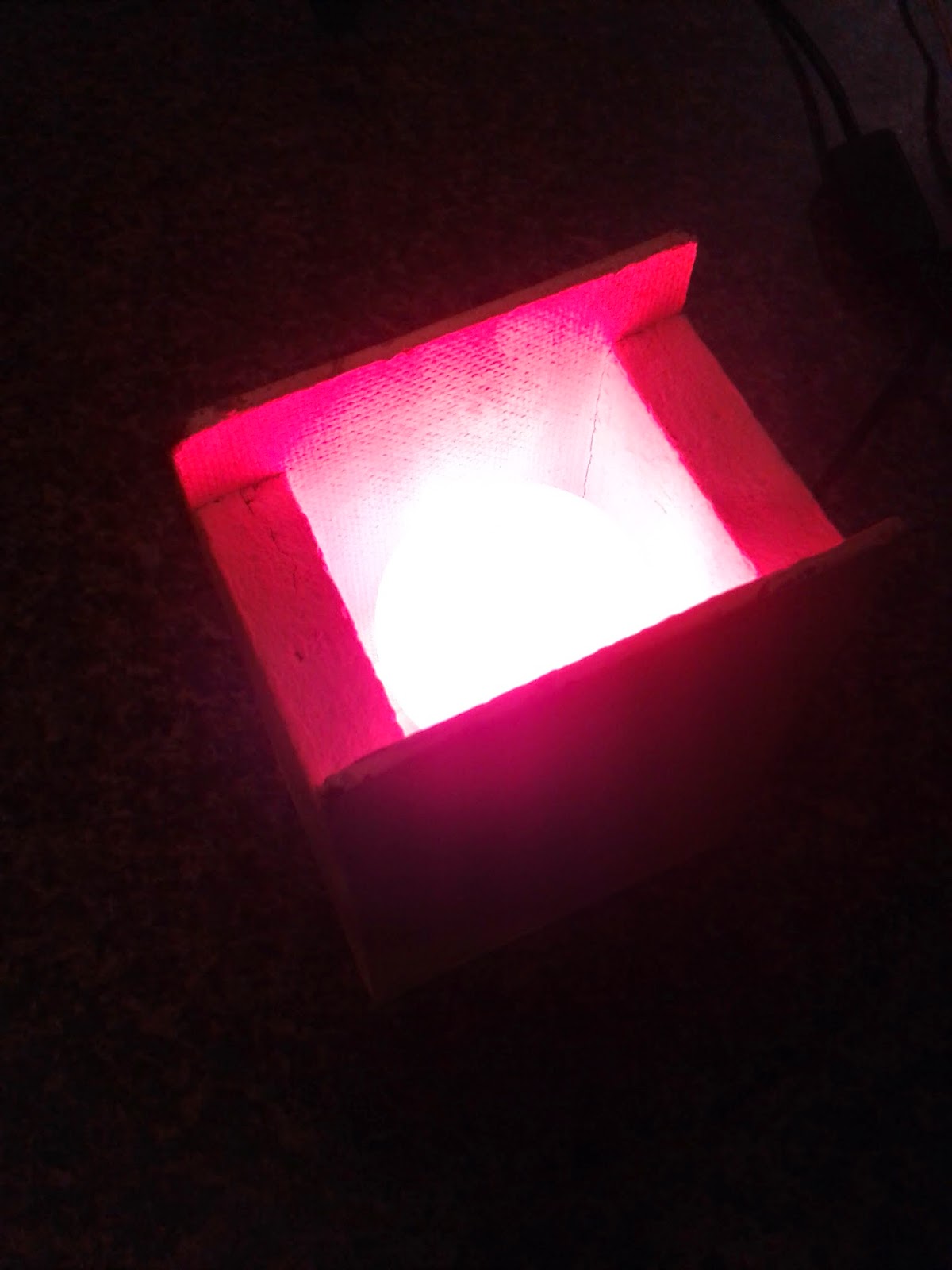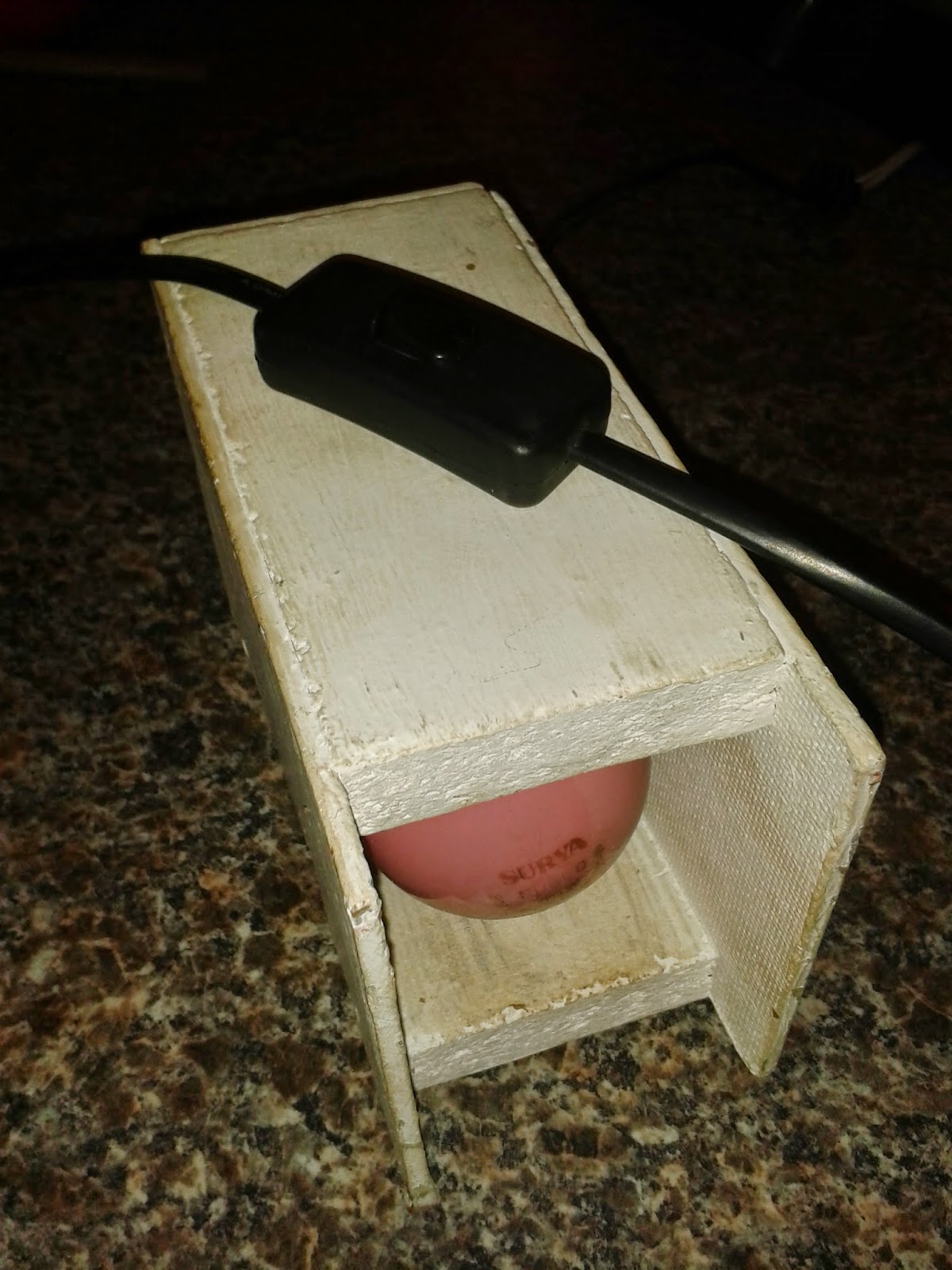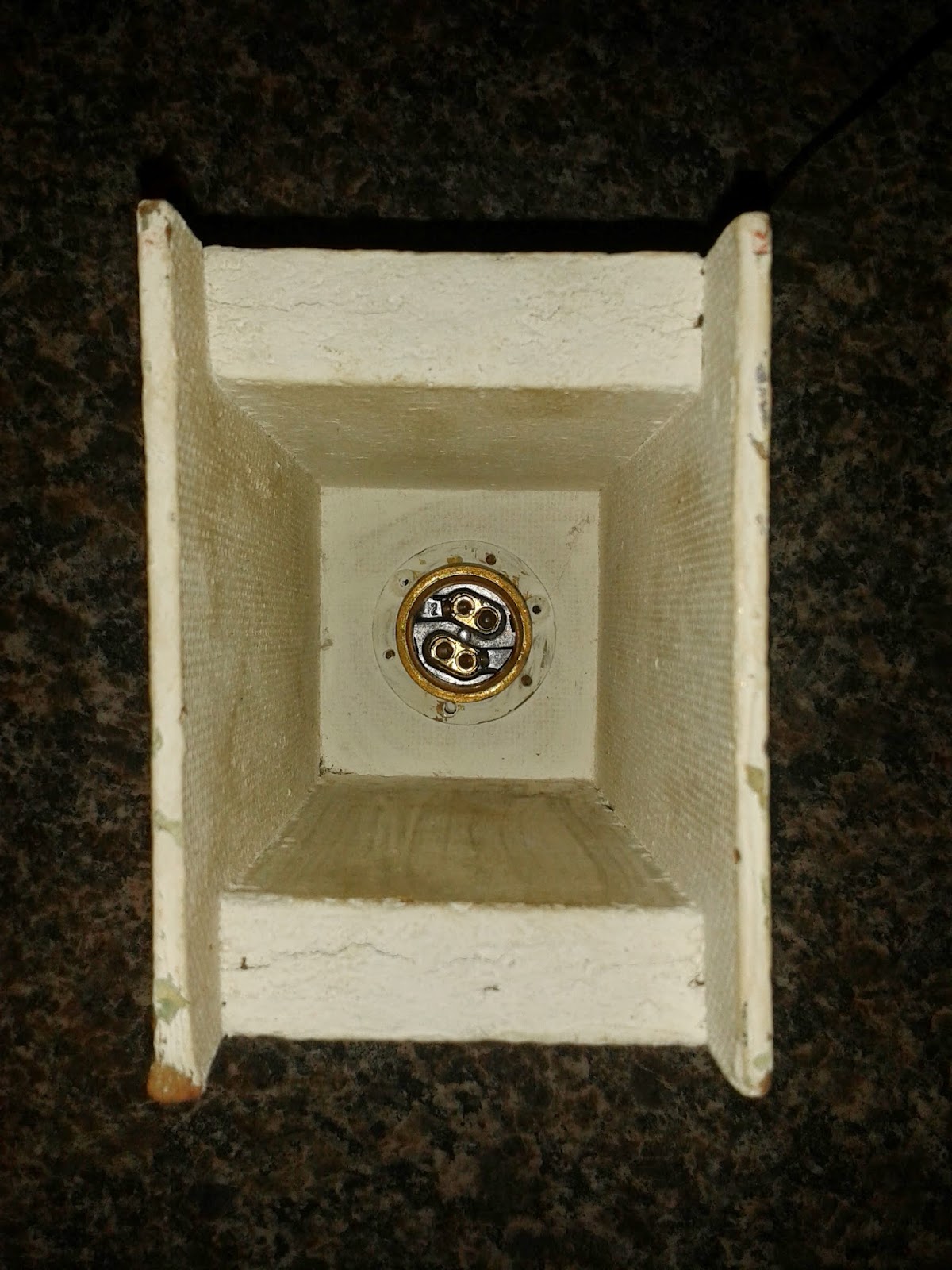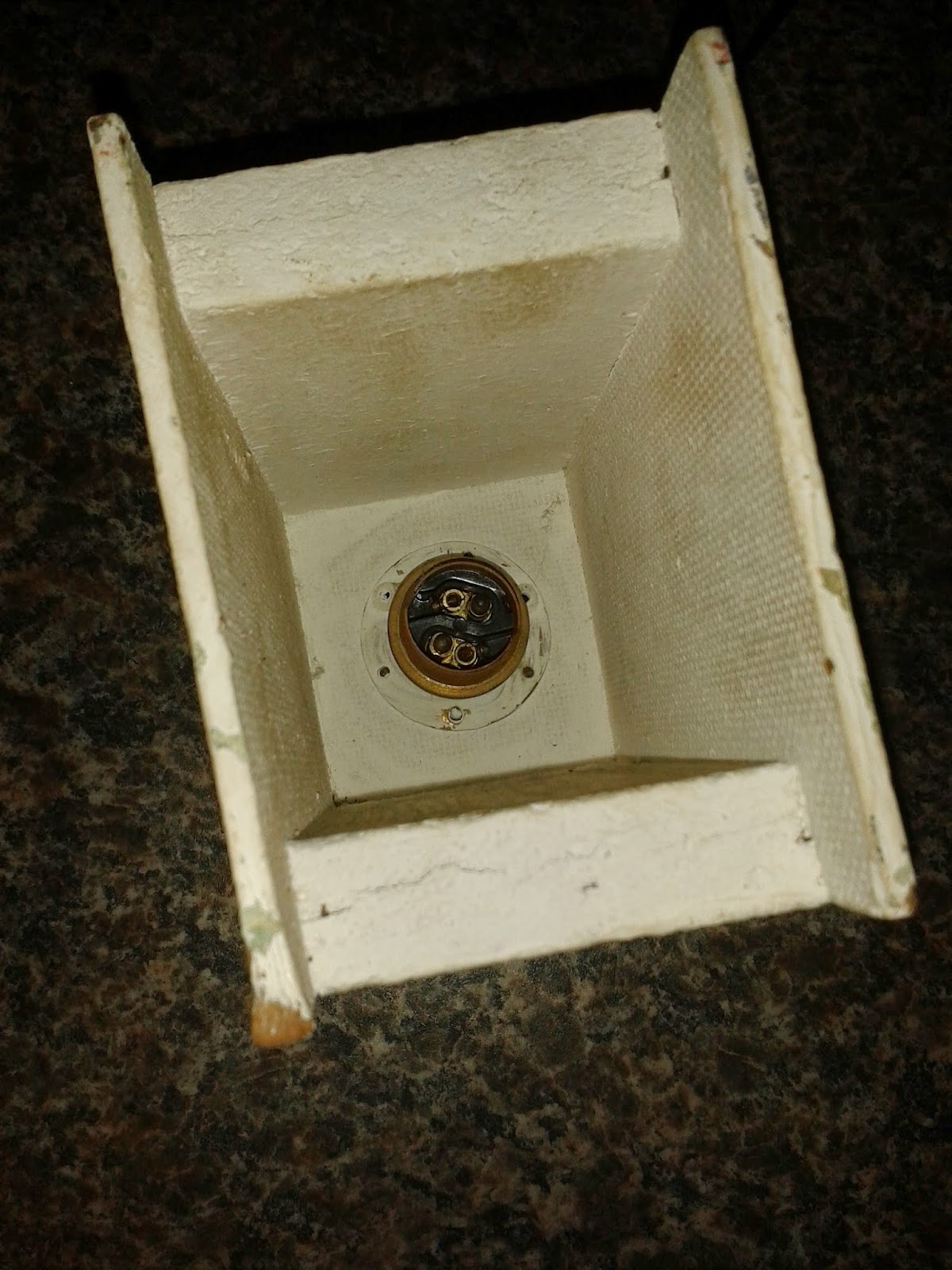 | ||||
| "Tree hugger", Milky way (30s 1600ISO, F/3.5, 18.0mm), 1 July 2011 - Chris Lombaard |
The Story:
The weather forecast predicts yet another cold front approaching, and what better time than to get the gear set up, and get settled in for yet another good night ahead. Little did I know how cold it was going to get.So I believe it's quite easy to capture the Milky Way [5] by just doing a point and shoot with some timelapse thrown in between. It did the trick, but to get the type of results you sometimes see on the cover of outdoor magazines, is in another category. So my first attempt at choosing the subject to be the Milky Way and playing around with some camera settings to understand it better, was well worth it. It's like drinking the best hot chocolate with full cream milk.
In planning to take some shots of the Milky Way, I did some research around the subject of digital image stacking and image stitching. Came across some wonderful and obscure, and more often than one would hope, difficult to use and understandable descriptions on the subject. I did learn new terms such as "Flats", "Darks", "Baselines" and "Lights" to name a few. The end of it all was a few gems which is provided in the references section that I would highly recommend anyone [1] [2] [3].
P.S: If someone could recommend a solution to stack and stitch digital images, I'd be able to put the rest of the images up. Got different regions of the Milky Way nice and clean, but it needs to be stitched together now.
Please let me know in the comments down below of you're experience using software and how you made it work for you and not against you.
The Results:
Here are a few images, all original and unedited in any way other than resizing in GIMP [4]. I used the same set up with different exposure and aperture values.Njoy!
 |
| "Milky Way - 5s" - F/3.5, 1600ISO, 18.0mm, NikonD5000 |
 |
| "Milky Way - 10s" - F/3.5, 1600ISO, 18.0mm, NikonD5000 |
 |
| "Milky Way - 30s" - F/3.5, 1600ISO, 18.0mm, NikonD5000 |
 |
| "Milky Way - 30s" - F/7.1, 1600ISO, 18.0mm, NikonD5000 |
Notice the difference between the last two images due to the change in aperture value. Bring in the that light!
 |
| "Shooting star it might be" - 30s, F/7.1, 1600ISO, 18.0mm, NikonD5000 |
 |
| "Horison" - 30s, F/3.5, 1600ISO, 18.0mm, NikonD5000 |
 |
| "Antares M7 Butterfly" - 10s, F5.6, 1600ISO, 55.0mm, NikonD5000 |
 |
| "Who gives a roof" - 30s, F3.5, 1600ISO, 18mm, Nikon5000 |
Conclusion:
Sometimes the shot can be framed with some unexpected objects, including yourself. Without any guided tracking, star trails do become visible and ruin the shot. Figuring out how to use stacking software might just help me one day.References:
[1] - Hugin Panoramic Photo Stitcher[2] - Catching the Light, Astrophotography by Jerry Lodriguss, Astrophotography Techniques
[3] - The Theory of How to create better images - DeepSkyStacker
[4] - GIMP is the GNU Image Manipulation Program
[5] - Wikipedia on the Milky Way







